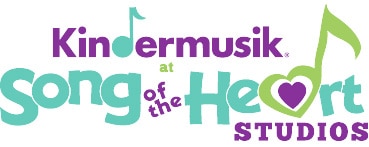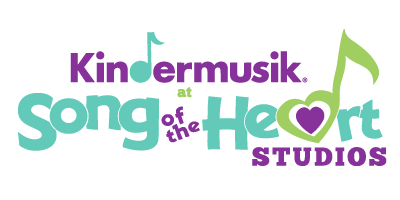Did you know that 80% of your child’s brain is done developing by age 3? That number goes up to 90% by age 5. And up to 95% by age 7. That means that early investments into cognitive development are essential for young people. Talk to your baby. Read to your baby. Sing to your baby.
One of the best ways that music can optimize brain development is through the component of rhythm. Rhythm is a fundamental element of music and plays a pivotal role in enhancing cognitive skills like memory, attention, problem solving, and language.
What is rhythm?
Rhythm is the pattern of sounds and silences built on a foundation of a steady beat. Tempo, accent, syncopation, and other rhythmic elements build the brain. We experience these rhythmic elements through clapping, tapping, bouncing, dancing, etc.
Rhythm enhances memory.
Rhythmic patterns help children memorize sequences, an important skill that will help them learn how to finish tasks, learn how to read, and succeed in activities that require sustained focus.
Rhythm boosts attention span.
Simple to intricate rhythmic patterns require focus and attention. It’s a playful way of tricking the brain into paying attention and synthesizing information. Rhythmic complexity increases with a child’s developmental ability. For newborns, simply tapping a steady beat on their body, or bouncing them in time provides this benefit. For toddlers they can try tapping along to a steady beat. Preschoolers can begin counting beats and following simple patterns. Kindergartners can begin subdividing the beat and learning about the different units of time that make up a rhythmic pattern. All of this requires focus and attention.
Rhythm boosts problem solving skills.
Recognizing and predicting rhythmic patterns can enhance a child’s ability to solve problems. Figuring out the right tempo, learning and copying rhythmic patterns, creating new rhythmic patterns, improvising rhythm are all examples of activities that boost problem solving. These activities help the brain’s ability to solve mathematical and spatial problems.
Kindermusik was created to capitalize on the explosion of cognitive growth in children, with classes for newborns through early childhood. Classes include practical activities that build brains such as clapping and tapping to a favorite song; bouncing to a familiar nursery rhyme; rhythmic chanting and following the leader; dancing and moving to music; and body percussion using hands, feet, and other body parts.
Through an ongoing enrollment in Kindermusik you are not only having fun and bringing joy into your child’s life, but you’re giving them the best foundation to build a better brain.

